8 Types of Schema Markups For Small Businesses
Schema Markup (often called schema) is a semantic vocabulary of tags (or microdata) that you can add to your HTML to improve how search engines read and represent your page in SERPs.
RDFa stands for Resource Descriptive Framework in Attributes. RDFa properties include defining the resource described as rel and rev (attributes), specifying a relationship and reverse relationship with another resource, HREF code and content to override the element’s content.
Table of Contents
How to implement schema markup?
- Make sure your website is built with a Schema.org meta tag
- Add a Schema.org JSON-LD implementation to your website
- Include the relevant Schema.org mark-up for your content
Address Schema Markups
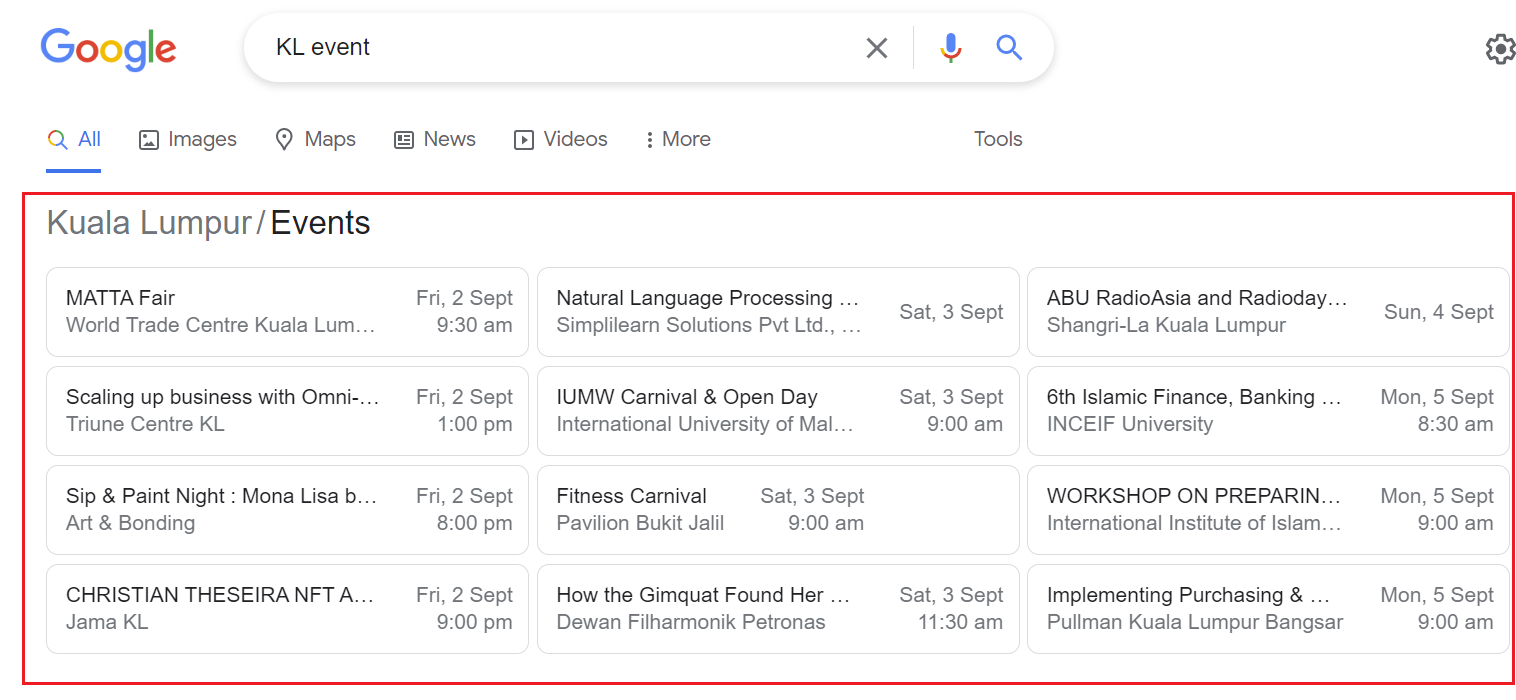
Address schema markup is a type of schema that tells search engines what kind of content you’re presenting. For example, if someone sees your address and wants to know more information about your business, they can type that address into Google or Bing and see what comes up.
Article Schema Markup
Schema Article Markup is used mostly in news or blog posts. It also helps search engine algorithms to see what’s being pulled into an article (which could include an image, time, or a publication). It may also include videos.
You should mark up only the content that is visible to people who visit the web page and not content in hidden divs or other hidden page elements.
Local Business Schema Markup
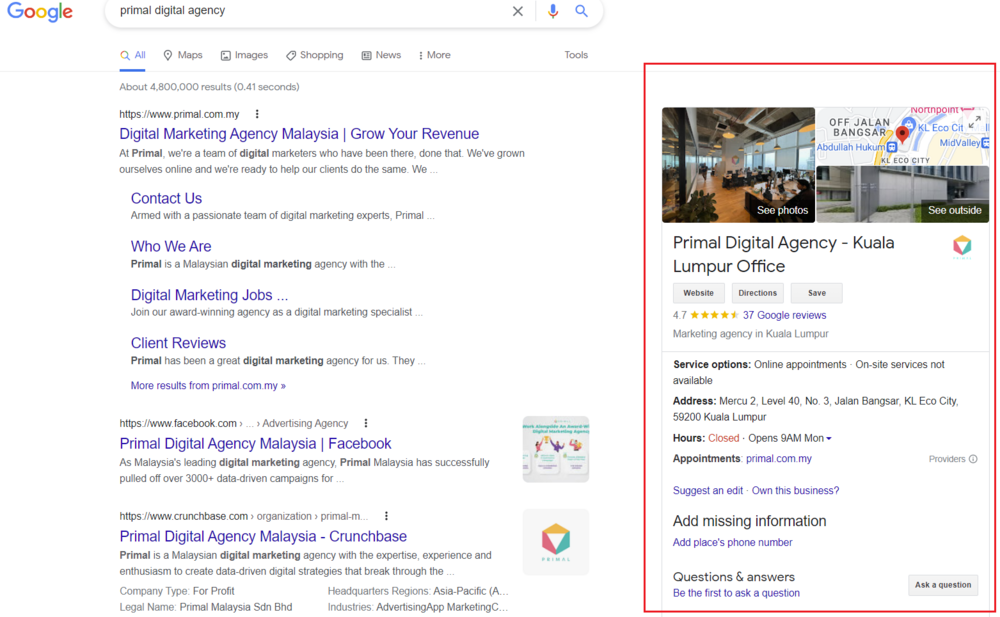
Schema also helps search engines understand the structure of your business. For example, if you want to label an address on a page, you can use schema markup to specify exactly what information is being provided and how search engines should use it. This can help improve click-through rates and allow users to find your business in the SERPs easily.
Enterprise Rank Tracking SERP tracking and analytics for SEO experts, STAT helps you stay competitive and agile with fresh insights.
People Schema Markup
People schema markup is an HTML tag that allows you to tell Google that your website has gathered a lot of information about people. When using this tag, you can specify your site’s information and how it should be presented in search results.

The benefits of using people schema markup are:
- It helps attract new visitors interested in a specific type of content, such as reviews or ratings.
- It allows people to learn more about the author’s background and qualifications before visiting the site.
Product Schema Markup
The product schema is a way to add more information to the pages of your site. This can help Google understand and index your products better so that when someone searches for a product, it’s easier to find you.
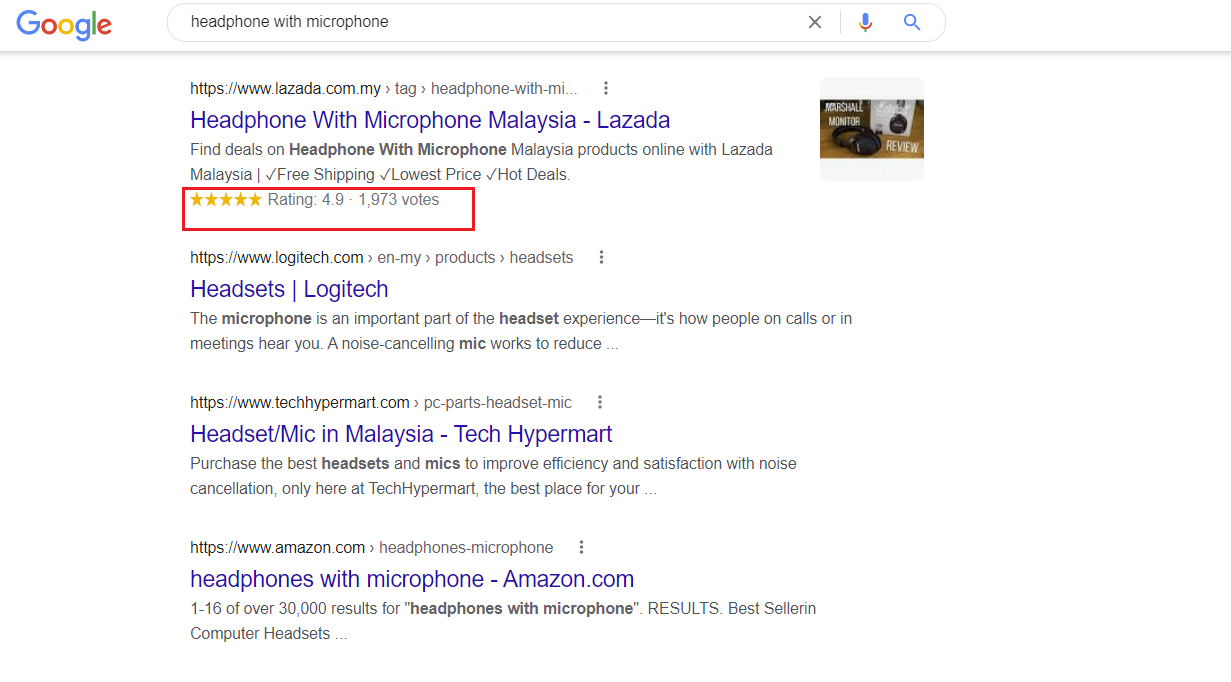
You can use the product schema markup on any product page (like this one) or category pages with multiple products.
When people are searching for something specific, Google will give them results from sites verified as authoritative sources by Google.
If you’re not using the proper type of markup, it is harder for Google to know what kind of page you’re on and where that information should go on their results pages.
Recipe Schema Markup
Recipe schema markup is the best way to rank for specific types of searches. You can use this markup to publish a recipe, and then Google will show it in the results when someone searches for a similar recipe.
Schema is also great if you don’t have an actual recipe page because it allows you to use text snippets and call-outs on your website that link directly back to an existing page on your website with recipes.
You can implement recipe schema by adding a couple of HTML tags to your web pages, making sure they are put in the section of each page where it says “Add meta description tag here:” and “Add title tag here:” (if those tags exist). If these lines aren’t there, add them manually before adding any other tags related to schema markup!
This markup lets you add structured data to your recipes and better communicate the cooking process to Google. SEO value Recipes with proper markup can be displayed at the top of a SERP in the Recipes carousel.
Content Schema Markup
Content schema markup is a way to tell major search engines what kind of content is on your website. It’s a way to let them know that your content is related to recipes, or videos, or music— or whatever else you want to optimize for. The idea is that you can use content schema markup to help your page rank higher in search results for the relevant types of content.
It is important to intelligently display relevant content to maximize the value of your website.
Video Schema Markup
Video schema markup is a way to make videos more accessible to screen readers and other assistive technologies. It also helps you get rich snippets in search results, boosting your website’s SEO. While you may have read a blog post or two regarding a rich snippet and its defined properties, you will be able to assess the schema types a lot better through various SEO tools.
You’ve probably heard of schema, but you might not know how to implement it or why you should.
Well, we’re here to help. We’ll walk you through the process of implementing schema in your web pages. We’ll cover everything from identifying what schema is and why it matters to best practices for implementing it on your site. We specialize in helping small businesses, and startups figure out how to best implement their SEO strategy for maximum results.







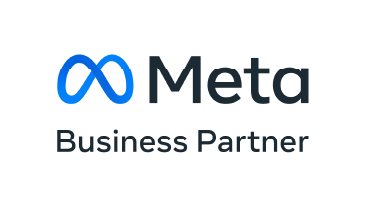

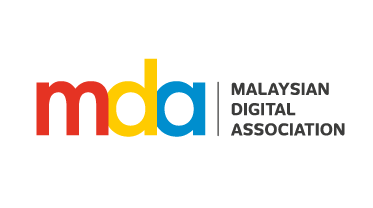


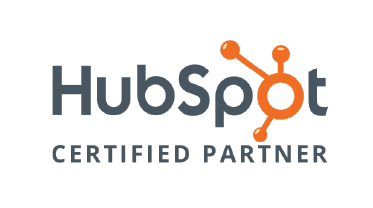



Join the discussion - 0 Comment